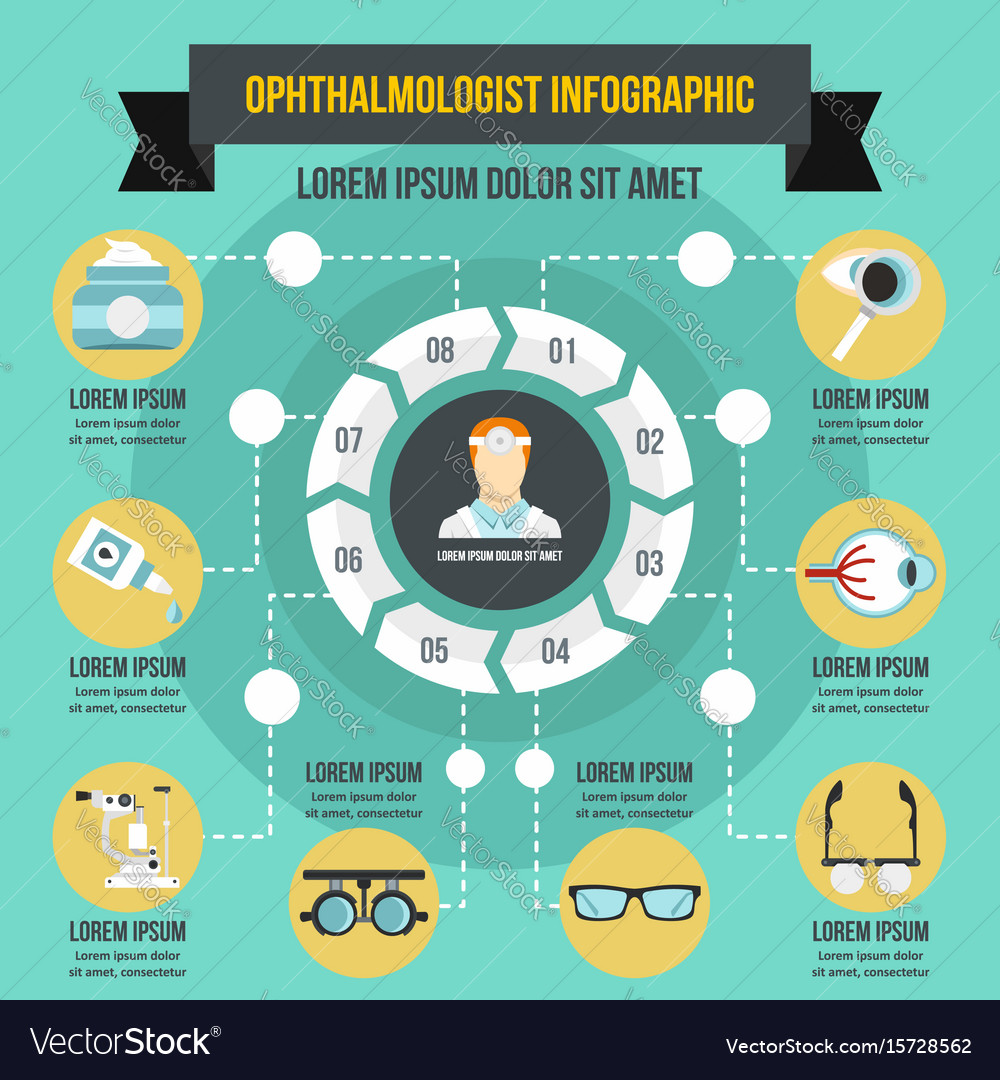Lens Substitute Surgery: A New Frontier In Visual Improvement

Write-Up Created By-Fallesen Kaae
Picture a future where you no more need to rely upon glasses or call lenses to see clearly. A future where vision improvement is as basic as a fast, pain-free procedure.
Well, that future is closer than you might think. Introducing refractive lens exchange, a cutting edge strategy to remedying your vision that could transform the way you see the globe.
But exactly what is refractive lens exchange, and why is it took into consideration the future of vision adjustment? In click for more , we will check out the benefits, the procedure, and the prospective dangers of refractive lens exchange, providing you a peek into what lies in advance for those seeking clearer vision.
The Benefits of Refractive Lens Exchange
Refractive Lens Exchange offers numerous benefits for individuals looking for vision modification. By changing your natural lens with a fabricated intraocular lens, this treatment can remedy a large range of vision problems. One of the main advantages of refractive lens exchange is the renovation in visual acuity. Whether you're nearsighted, farsighted, or have astigmatism, this treatment can considerably improve your capability to see clearly without depending on glasses or call lenses.
In addition, refractive lens exchange can likewise avoid the development of certain eye problems, such as cataracts. This suggests that not just will you achieve better vision, yet you'll also have actually a reduced risk of creating cataracts in the future.
With refractive lens exchange, you can enjoy better vision and a higher quality of life.
The Procedure for Refractive Lens Exchange
When undertaking refractive lens exchange, the specialist will begin by making a little laceration in your cornea. This allows them to access the lens of your eye and remove it.
Below are 5 crucial steps involved in the treatment:
- The specialist will thoroughly break up the lens making use of ultrasound waves or lasers.
- After getting rid of the lens, they'll place a new synthetic lens, called an intraocular lens (IOL), right into your eye.
- The IOL is created to remedy your particular vision troubles, such as nearsightedness, farsightedness, or astigmatism.
- Once the new lens remains in location, the specialist will shut the cut with tiny stitches or self-sealing methods.
- The whole procedure normally takes less than thirty minutes and is typically performed on an outpatient basis.
Complying with these actions, refractive lens exchange can supply you with enhanced vision and lower your reliance on glasses or contact lenses.
Prospective Threats of Refractive Lens Exchange
Prior to undergoing refractive lens exchange, it's important to understand the potential threats connected with the treatment. While refractive lens exchange is typically taken into consideration secure, like any type of procedure, there are threats involved.
One potential risk is infection, which can take place if bacteria gets in the eye during or after the surgical procedure. One more threat is the advancement of increased intraocular stress, which can bring about glaucoma. Additionally, there's a small chance of experiencing corneal edema, which is the swelling of the cornea.
Various other prospective risks include retinal detachment, macular edema, and loss of vision. It's critical to review these threats with your specialist and evaluate them against the possible advantages before deciding.
Final thought
So there you have it, folks! Refractive lens exchange is truly the future of vision modification. With its numerous advantages and advancements in innovation, this treatment uses a life-altering service for those fighting with their vision.
However keep in mind, every increased has its thorns. While refractive lens exchange may bring clearness, it is essential to be aware of the potential dangers entailed. So, prior to taking the jump, evaluate the advantages and disadvantages, and seek advice from your eye doctor.
Nevertheless, better secure than Laser-assisted In Situ Keratomileusis !

